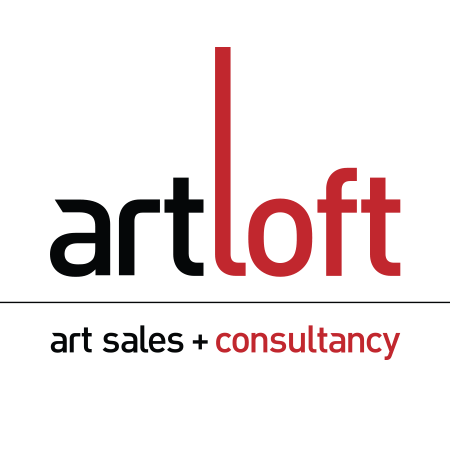Euan Macleod commented after winning the 2006 Blake Prize that people now tend to respond more to the financial value of a painting rather than being moved by the artwork itself. If you read even a small section of the fine arts press you will quickly notice that discussions abound about art, money, investment and the conflicting energies these involve. Often these pieces will contain a quote from a gallery owner taking the high moral ground against those who link art with money. It can then be a little confusing to walk into their gallery and see a canvas for $300,000 on the wall!
Is the financial value of an artwork simply reflective of the law of supply and demand? Or is it better to see money as a necessary evil in the art environment? Is it really morally wrong to invest in art instead of a share portfolio? Is the financial value of an artwork best seen as an indicator of how desirable an artwork is or can it also function as a measure of its cultural value?
A lot of my clients have commented to me that although they are not buying an artwork purely as an investment, they like the idea of it one day being worth more than what they paid for it. And I suspect that most who spend more than $3000 on a piece hope that it will retain some sort of financial value.
One of the reasons I started collecting works on paper was that I found that I could pick up a quality piece by an artist I loved at a much better price than a canvas. Over time though, I found that with several artists, like John Olsen, I actually preferred their works on paper to their paintings. This doesn’t mean however that I would pay more for an Olsen etching than I would for an oil. So I have to admit that my knowledge of the market value is still an important factor in how I value a piece.

Recent Comments